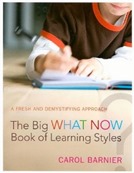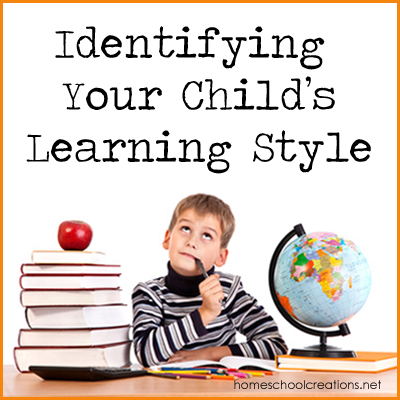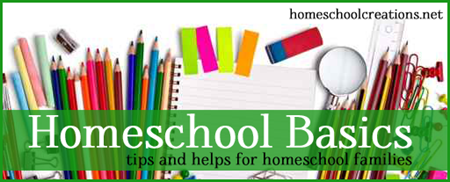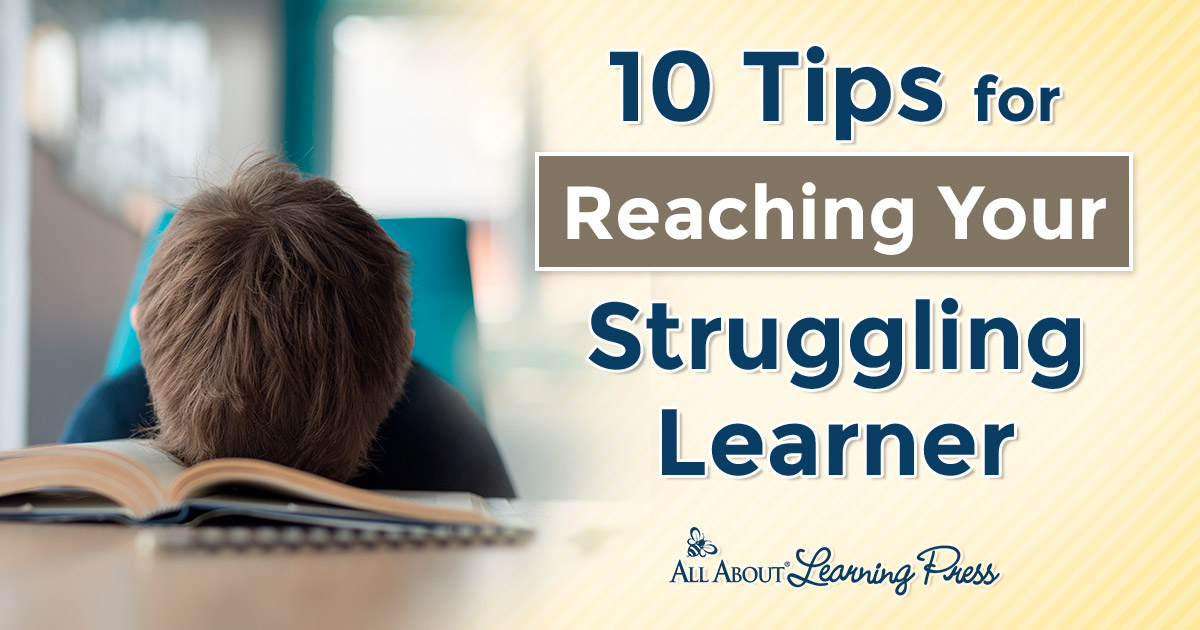- Like
- Digg
- Del
- Tumblr
- VKontakte
- Buffer
- Love This
- Odnoklassniki
- Meneame
- Blogger
- Amazon
- Yahoo Mail
- Gmail
- AOL
- Newsvine
- HackerNews
- Evernote
- MySpace
- Mail.ru
- Viadeo
- Line
- Comments
- Yummly
- SMS
- Viber
- Telegram
- Subscribe
- Skype
- Facebook Messenger
- Kakao
- LiveJournal
- Yammer
- Edgar
- Fintel
- Mix
- Instapaper
- Copy Link

From the time they are young, children learn in different ways. Knowing and understanding your children’s learning styles, or the way that they process and understand information, can help you as a parent and a teacher. You can tailor the learning environment to meet their unique needs and make learning even more fun!
Identifying your child’s learning style isn’t overly complicated and there are a few things you can observe that may help you {more formal observations are also available}.
What Are the Different Learning Styles?
How do your children approach different activities? Thinking about their favorite activities can also help you as you determine their learning styles. We’re covering three types of learners in this post: auditory, visual, and kinesthetic.
While you are reading about the different learning styles below, think not only about your kids, but how you learn best. This was a great reminder for me about each of our kids and what they need {or don’t need} during our school time. Often I forget that my kids are not the same type of learners as I am – and I need to adjust what we are doing or how we work together.
Auditory Learners
Children that are auditory learners learn best through listening and hearing information. They enjoy music and rhyme/rhythm in the learning process. This child may also love listening to stories and read-alouds. Facts may be easier to remember when they are given in the format of a song or a rhyme.
You may want to consider using headphones for this child as other background noises can distract the auditory learner from concentrating. Books on tape would be a great help as well. Auditory learners may benefit from reading directions out loud, so they can ‘hear’ what they need to do.
Things to consider for auditory learners: this child may be sensitive to the inflections in your voice and be sensitive to other background sounds that are going on in the room.
Visual Learners
Children that are visual learners learn best through seeing things around them. They benefit from colorful illustrations, enjoy taking notes, creating ‘lists’ to check off, and may close their eyes to visualize something they may be trying to remember.
Quiet environments are typically best for this learner because they may be distracted by all the noises going on around them and have trouble concentrating. Visual learners can also be very detail-oriented. They do well with maps, charts, diagrams and drawings to help them learn. They may also enjoy using flash cards for learning.
Things to consider for visual learners: This child is watching your facial movements as well – those smiles and frowns are all being processed. When reading books without pictures, encourage your visual learner to create a picture for the story and imagine what is taking place. They may also enjoy drawing a picture to go along with lessons.
Kinesthetic Learners
Kinesthetic or physical learners learn best through moving, touching, and actually doing something. Instead of hearing about how something works, they may have it taken apart and be trying to figure it out. These children benefit from physically touching objects when learning, so make it hands-on.
That pencil tapping that drives you crazy, might actually be helping them concentrate on a current task. Making models to go along with what you are studying can be helpful to this learner. Manipulatives are also a HUGE help. Coloring pictures or drawing to go along with a lesson might also be helpful to this learner as they are ‘doing’ while learning.
Things to consider for kinesthetic learners: may need to move around more frequently and they may be mislabeled as not listening – but they just need to wiggle and move around when learning. They may need frequent breaks and a clean learning space {no distractions}. Let them actively participate in the lesson!!
Finding Curricula for Different Learning Styles
There is no one way or right way when it comes to learning styles. Your child may fit exclusively into one category or lean mostly into one and a bit into another.
As a teacher and mom, finding curricula that you can use with multiple children and all these varied learning styles can be tricky!! Our family has the three different learning styles represented and I definitely want to be able to use one program with multiple children. That can be hard depending on the curriculum – so I love it when companies consider all the styles.
To give you an example, All About Spelling is one component of our curriculum that helps visual learners {the different colored letter tiles}, auditory learners {sounding out}, and kinesthetic learners {touching to spell} – YAY! For our family this has been wonderful because I don’t have to hunt around for another spelling curriculum to use. We can just tailor the lessons to go along with our children’s different learning styles.
For Additional Reading on Learning Styles
 One homeschool speaker that I love to listen too is Carol Barnier. She has a fabulous book, The Big What Now Book of Learning Styles, that will help any homeschool mom. It provides alternative teaching ideas for the various learning styles for children in grades K-12, as well as ideas on how to incorporate multiple methods to teach your child. This is a book that you will want to keep handy on your shelf for years to come!
One homeschool speaker that I love to listen too is Carol Barnier. She has a fabulous book, The Big What Now Book of Learning Styles, that will help any homeschool mom. It provides alternative teaching ideas for the various learning styles for children in grades K-12, as well as ideas on how to incorporate multiple methods to teach your child. This is a book that you will want to keep handy on your shelf for years to come!
What is YOUR Learning Style?
As you were reading through the descriptions, were you able to identify any of your children’s learning styles? What about yourself – what type of a learner are you?
I am primarily a visual learner, but also benefit from kinesthetic learning techniques. One of our children is an auditory learner. Another kinesthetic. Another a visual learner. Ironically {as I was writing this post}, my visual learner was watching me and asking what I was writing about as she was observing my facial expressions.
Think about this even in your discipline styles with your children {oh, this was another ‘aha’ moment for me!!}. Visual learners want eye contact {that’s me}, but my auditory learner is one that feels I am not listening to her when we are in the heat of the moment {and she doesn’t like making eye contact}.
Knowing your child’s learning style doesn’t just apply to classroom learning!
What type of learners do you have in your home? Are your kids’ learning styles very different from the way you learn? How have you best adjusted your teaching and/or discipline to help your learners?
This post is a part of the Homeschool Basics series. Be sure to read the other posts if you are just joining in. For the record, I am not an expert. I’m a homeschool mom who is sharing what she’s learned so far along the way with her own family.











 The printables shared on this site are FREE of charge unless otherwise noted, and you are welcome to download them for your personal and/or classroom use only. However, free or purchased printables are NOT to be reproduced, hosted, sold, shared, or stored on any other website or electronic retrieval system (such as Scribd or Google docs). My printables are copyright protected and I appreciate your help in keeping them that way.
If you download and use some of my printables and then blog about them, please provide a link back to my blog and let me know - I'd love to see how you are using them! Please be sure to link to the blog post or web page and not directly to the file itself. Thank you!
The printables shared on this site are FREE of charge unless otherwise noted, and you are welcome to download them for your personal and/or classroom use only. However, free or purchased printables are NOT to be reproduced, hosted, sold, shared, or stored on any other website or electronic retrieval system (such as Scribd or Google docs). My printables are copyright protected and I appreciate your help in keeping them that way.
If you download and use some of my printables and then blog about them, please provide a link back to my blog and let me know - I'd love to see how you are using them! Please be sure to link to the blog post or web page and not directly to the file itself. Thank you!
Earlier today I asked you a question about curriculum on a youtube link I stumbled upon. You directed me to your website. May I just say…WOW! Even though we had our 180th day (last day) of school on Friday, April 5th, I found a ton of things we are going to immediately implement. (Does going past 180 days qualify for child abuse?…ha ha) I can’t believe I’ve never been to your website before. As I’m pulling up printable after printable I really thought I was going to cry (happy tears). Thank you seems to be an injustice to what you have shared with us! My four are almost the same in ages to yours (just a year closer). I also color code using the SAME colors you use (just not in the same order), but I am certainly not as organized as you. We do our schooling in the kitchen. At the rate we’re going, my husband said a classroom will be a senior project. :( So for now, we have charts on our kitchen wall, a calendar on the back of the front door, and parts of speech on the family room wall. I need to remember what the Lord says about coveteousness in Hebrews 13:5 when I look at your great room :) (such a GREAT room!) and remember how blessed I am to even have the freedom to homeschool (ie. Romeika Family from Germany). Anyway, just wanted to thank you. Except for minor interuptions, I’ve been researching your website and links for hours (It’s now 1:12am!). You are a blessing!
I am SO glad to hear this and happy that you are finding lots to use {and on a COMPLETE sidenote, I found water bottles from Aladdin at Walmart in all four of the kids colors the other day – score. I should email you a picture, because they are fabulous!}.
We spent many years in our dining room and I know how it all overtakes and blends together – trust me. :) We are immensely blessed to have the space that we do and it is truly something I only dreamed we would have. I sincerely hope that there are organization ideas or other helps that you can glean from it. :)
I imagine the most difficult part about being a public school teacher is dealing with 20, or maybe even 40 depending on where you are, kids with a variety of different needs. I mean, it’s common sense: how can someone learn anything if their teacher’s attention is divided among dozens of others? Anyway, just my thoughts.
absolutely!! I know when I was teaching with my smaller group of special needs kids it was very hard to divide attention and still include everyone in the activities that we were working on! :)
I read your blog to prep for homeschooling–my oldest is only two. :-) But I LOVE learning as much as I can before the time comes in an effort to make it less overwhelming! Anyway, I am just like you are–very visual (I’d choose a book just because it’s prettier than another, lol) and a bit kinesthetic, too. My 2-year-old son I could see being the same as I am because he’ll watch me like a hawk to learn to do something and very much likes to handle things and figure them out. My younger son is 15 months old and I he’s a bit too young to fully know what he is, but thus far I’d audible. He really responds to music (LOVES to dance) much more than my older son ever did and seems to obey me faster when I tell him “No touch!” or something rather than pulling him away (my older son responds when I pull him away from something, my second son not so much). Anyway, VERY interesting. I was homeschooled and my brother did great because he was an audible learner and the curriculum my mom used was perfect for that; I really struggled because many things (especially math; English was no problem) because I couldn’t grasp it, probably because it wasn’t taught to me a visual way.
I am SO with you on buying a book because the cover is appealing!! :) And looking back at my schooling too, it explains why I made the adaptations I did to things we did in our classroom!! :)
Thank you for the information! A resource that goes indepth and I have found to be very helpful is “How Am I Smart” by Dr. Kathy Koch. She goes through the 8 intelligences. I think you’d find it very useful. http://www.celebratekids.com/Multiple-Intelligences/
this past weekend I sat in on another seminar on learning styles that was great too from Diana Waring. :)